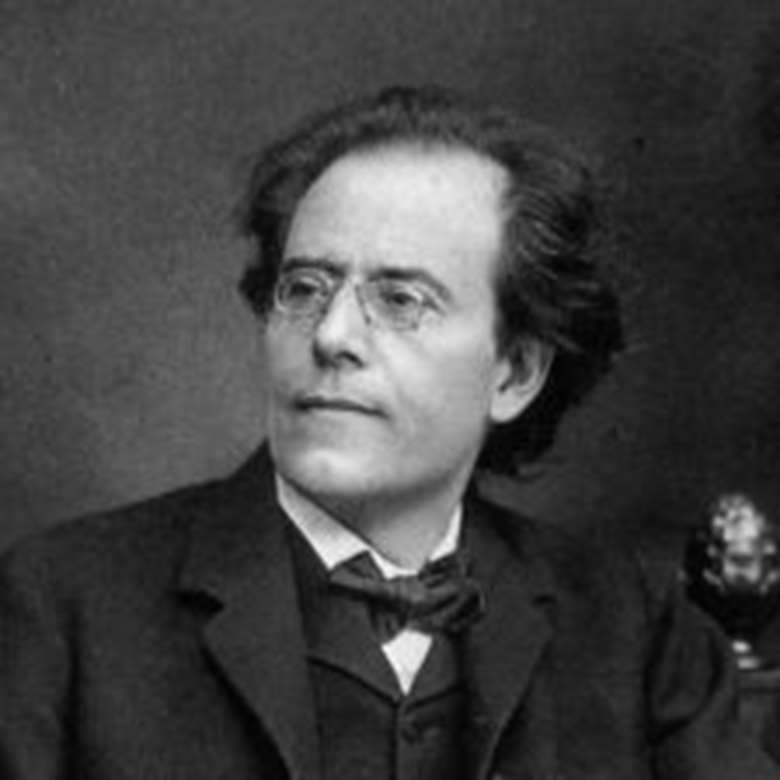Mahler's Symphony No 3, by Lorin Maazel
Gramophone
Thursday, January 1, 2015

I don’t believe in verbalising music. Music is a language of its own, which exists because you can express in it what cannot be expressed in words. Look how Berlioz failed – and he was a marvellous stylist, a master of the French language. Great writers such as Thomas Mann, Aldous Huxley and George Bernard Shaw have all tried. They wrote fantastic prose; but for a musician, what music is about cannot be adequately described in words. At the end of a performance, anything that is said can shatter that very, very delicate, vulnerable shell that has been created during the performance.
Mahler suffers greatly from being subjected to sentimental mediocrities, with heart-on-sleeve performances that stretch, pull and exaggerate the music. The inner balance of the music is forever being challenged, much to its detriment. So many interpreters see in Mahler a self-pitying person, grappling with the monsters of destiny and so forth. This is nonsense. He wrote music the way he heard it, because he had to write it. He tried to find the right notes for images of a musical nature.
If you eliminate the sentimental, which I don’t think has any place in his music, there are certainly elements that one can characterise. There is the martial, the funereal, the bucolic, the insouciant, the light-hearted and the hopeful. He was a hopeful person, and the end of this symphony, in D major, is in a sense trying to say, 'I, Gustav, like everybody else, have looked into the abyss and what I see there is frightening, but now I must reaffirm my belief in life'. It is very much like Beethoven, who was a great reaffirmer. He looks to that moment in his symphonies where he can say, 'yes, what I have depicted – voids, abysses, chasms – does exist, but I believe, somehow, in some dimension, it’s going to work out for the better'.
The reversal comes in the last movement of the Ninth Symphony. He knew he was dying. He has used up all his positive energy and it is aggressive. He is angry, shaking his fist at destiny, before finally accepting his fate. In the first movement of the Third Symphony there are three elements – martial, bucolic and insouciant. His tongue-in-cheek writing is so undervalued. He had a marvellous sense of humour, there’s no doubt about it, poking fun, very often at himself. The second movement floats along, with little filigree semiquavers and sweet, innocent, semi-naive tunes, but these tunes are not really simplistic. They are deliberately stated as directly as possible in order to create a contrast with moments when he gets angry about things or feels he has to make a statement.
Probably the most delightful music in the symphony comes in the third movement. It is full of lightness and sweetness. The posthorn solo is so typical of Mahler’s love of calls. The calls he heard as a child in what used to be Czechoslovakia played an important role in his musical development. He created an aesthetic around the call that is his own. The fourth movement is a world unto itself. The fifth movement – 'Bimm Bamm' – again contains music you might call simplistic. It isn’t. He had the courage of great composers, to place very direct, uncomplicated music within a larger, more sophisticated frame. Both he and Beethoven had that extraordinary courage. One should be not be writing to please one’s colleagues but in response to an inner imperative. The text here is incredibly innocent and yet also highly sophisticated, because it lays the groundwork for the last movement, with its interruptions of faraway sounds, heard through the ether, as though from another world. In the end all of that is banished, the great tune comes back and we feel good about life. It reaffirms the meaning of life and the significance of our having lived.
As with Beethoven, each movement can stand on its own. That they are strung together to form a symphony is almost accidental. Mahler was a doubter – as all great thinkers are – and wrestled with the problems of eternity and the afterlife. These problems cannot be resolved to anyone’s total satisfaction. There is a lot of fist-shaking at destiny on the part of the Beethovens and Mahlers, as if to say, 'it may be that you will have the final word, but I am still alive and kicking and have a few things to say'.
Interview by Michael McManus (Gramophone, March 2010)
Explore Mahler's symphonies with the leading Mahler conductors:
Symphony No 1, by Charles Mackerras
Symphony No 3, by Lorin Maazel
Symphony No 4, by David Zinman
Symphony No 5, by Simon Rattle
Symphony No 6, by Christoph Eschenbach
Symphony No 7, by Valery Gergiev
Symphony No 8, by Michael Tilson Thomas
Symphony No 9, by Esa-Pekka Salonen








